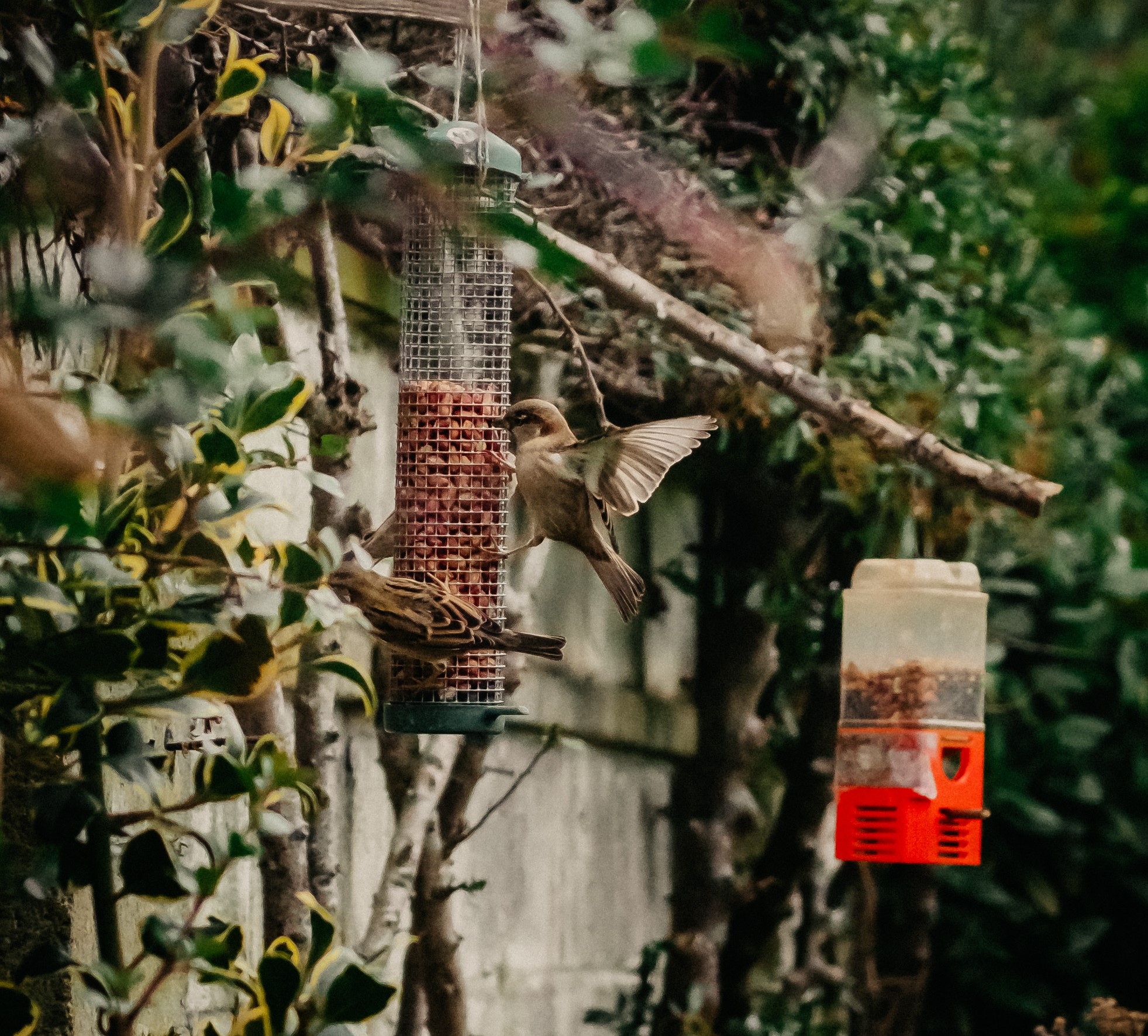House sparrows are surely one of the most easily identified species in urban and semi-urban areas. Presently, many discussions related to the species revolve around its decrease in urban areas and ways to help the population strive.
Luckily, the species has for long been associated with humans and it is believed to be an adaptive species. This article focuses on how well the species has adapted to the urban environment and how efficient it is in utilizing anthropogenic resources. This article uses insights across varies studies conducted in India and uses them to recommend ways that people can adapt to help the species.
Proving the adaptability of the species
A study conducted along the Coimbatore to Anaikatty road (State Highway-164), a 27 km inter-state highway in 2016 found that House sparrow nest in urban and semi-urban areas use 6 types of anthropogenic matter like plastic pieces, wool, thread, etc. to build their nests. A study conducted by Indian Biodiversity Conservation Society-Jhansi, Uttar Pradesh, India, reported that the species nested in 311 of 340 installed man-made nest boxes in the year 2016 and 2017. The mentioned details convincingly support the claim that house sparrows have evolved to survive in urban areas and can utilize resources that are provided to them. Let’s look into two ways of helping the species survive.
Installing nest boxes-
You might have come across the idea of making nest boxes for the bird. The concept has picked up fame and many NGOs and research organizations have promoted nest box building. Firstly, you may want to understand how installing nest boxes can help the species. Earlier, sparrows could easy make nests in houses owing to the availability of sheds, and roof extensions. With the flat culture taking speed, there are no sheds and roof extensions for sparrows to nest in now. The reduction in gardens near houses has also lead to a decline in the availability of nesting material the bird can find. Modern houses do not have cervices to hold house sparrow populations. Therefore, it may be a good idea to provide for nests to the birds. The breeding season of the species is mainly from March to August (it varies regionally ) and may be a good time to put up nest boxes in the garden or verandah of the house.
The main advantages of constructing sparrow nests are that they are cheap and easy to make. They may also motivate children to participate in bird watching. You can also choose the type of nests that you want to put up-
-You can create a hole in an earthen pot and simply hang it.
-You can design a custom nest house and use your creativity to make it attractive.
-You can make a hole in a used shoe box and hang in on the wall. You can put tape across the box to prevent it from damage in the rain.
Caution– It is suggested that the hole you construct in any of the mentioned designs should not be large enough for crows or other predatory birds to enter. Cats also predate on chicks, therefore, you must hang the nest box at a place where cats will find it difficult to reach out for the chicks. Juvenile sparrows are known to grow large enough to fall off the nest. Don’t worry, they will not hurt themselves and their parents will continue to feed them till they can fend for themselves. But the danger is not over. This is when the juveniles will be an easy target for cats and dogs. You may want to be a little more attentive to shoo them away or you may believe that this hunting is completely natural and is in alignment with what can happen to the chicks in a natural environment, well, take your call.
Bird feeding-

Bird feeding may be a controversial topic which is sometimes met with criticism of those who believe that feeding birds is a form of disturbance and birds get used to finding food laid out for them. Nevertheless, if you are from the group that believes in bird feeding as a mode of conservation, you may want to know about recommended feeding habits. They prefer millet, milo, and sunflower seeds and commercial bird feed. If you plan to buy bird feed for them, make sure that the feed comes from a farm that does not use pesticides as they can harm the bird. Some organizations propose that one should not use food that contains salt to feed the bird. You may consider this if you dispose of kitchen food waste to feed birds.
Note– You may want to provide for bird feed during the breeding season of the bird. But the feed will not be utilized by the species as it mainly eats insects while rearing young.
Bird feeding and installation of nest boxes can definitely be ways to support the bird. Though the species falls into the IUCN category of least concern and is not a conservation priority across most regions, people feel inclined to help the species and bring back the abundant chirping all around them. Ethical questions regarding bird feeding have been raised across forums but conservation is a personal choice and I hope that all efforts pertaining to conservation of sparrows lead to awareness and admiration of the species.
This one is a recent edit for a really beautiful something that we found online. This small video is something you would love to check out if you love our cute little sparrows! There you go 🙂
References
https://www.ncbi.nlm.nih.gov/pmc/articles/PMC5031159/
https://www.academia.edu/19602047/A_house_for_the_House_Sparrow?auto=download
https://sciencing.com/animals-eat-potatoes-8427938.html
https://www.allaboutbirds.org/guide/House_Sparrow/lifehistory


Beautifully written. Really informative.